E420 SORBITOL OR SORBITOL SYRUP
Sorbitol E420 (a) or sorbitol syrup E420 (b) is a natural compound found in red algae and many berries and fruits (such as apples, pears, plums, cherries and rowanberries, from which it takes its name).
It can be obtained in the laboratory by glucose reduction with sodium tetrahydroborate, and industrially it can be reduced at high pressures or electrochemically through the hydrogenation process.
Due to its characteristics, sorbitol is widely used in the food industry as a sweetener, stabilizer and leavening agent. Its sweetening power is approximately 60% of that of sucrose; it is also important to underline that sorbitol is not usable by bacteria potentially cariogenic to support their metabolism.
Sorbitol can be contained in numerous bakery and pastry products, and more.
A part of the sorbitol present in our body is absorbed and metabolized as fructose, while the other part is fermented in the large intestine, where the gases produced can cause bloating and flatulence.
Generally, only after the consumption of an excessive amount of sorbitol can negative side effects occur, excluding minor ones that can appear, even in small doses, in people intolerant to sorbitol (gas formation).
ADI DOSE: / a limit to the consumption of this additive is not currently indicated, but despite this, its administration to children under the age of 1 year is not recommended, as it causes severe episodes of diarrhea. After ingestion, a test can also be carried out (blowing nine times into a balloon at intervals of about half an hour) to check for sorbitol intolerance.


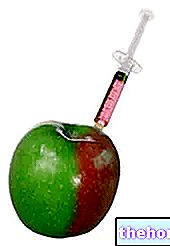
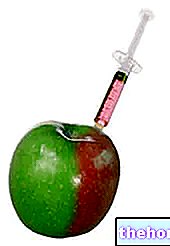

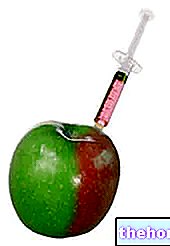
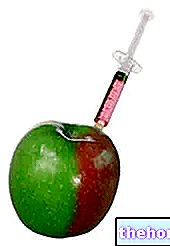
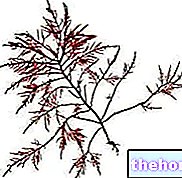
















-nelle-carni-di-maiale.jpg)




